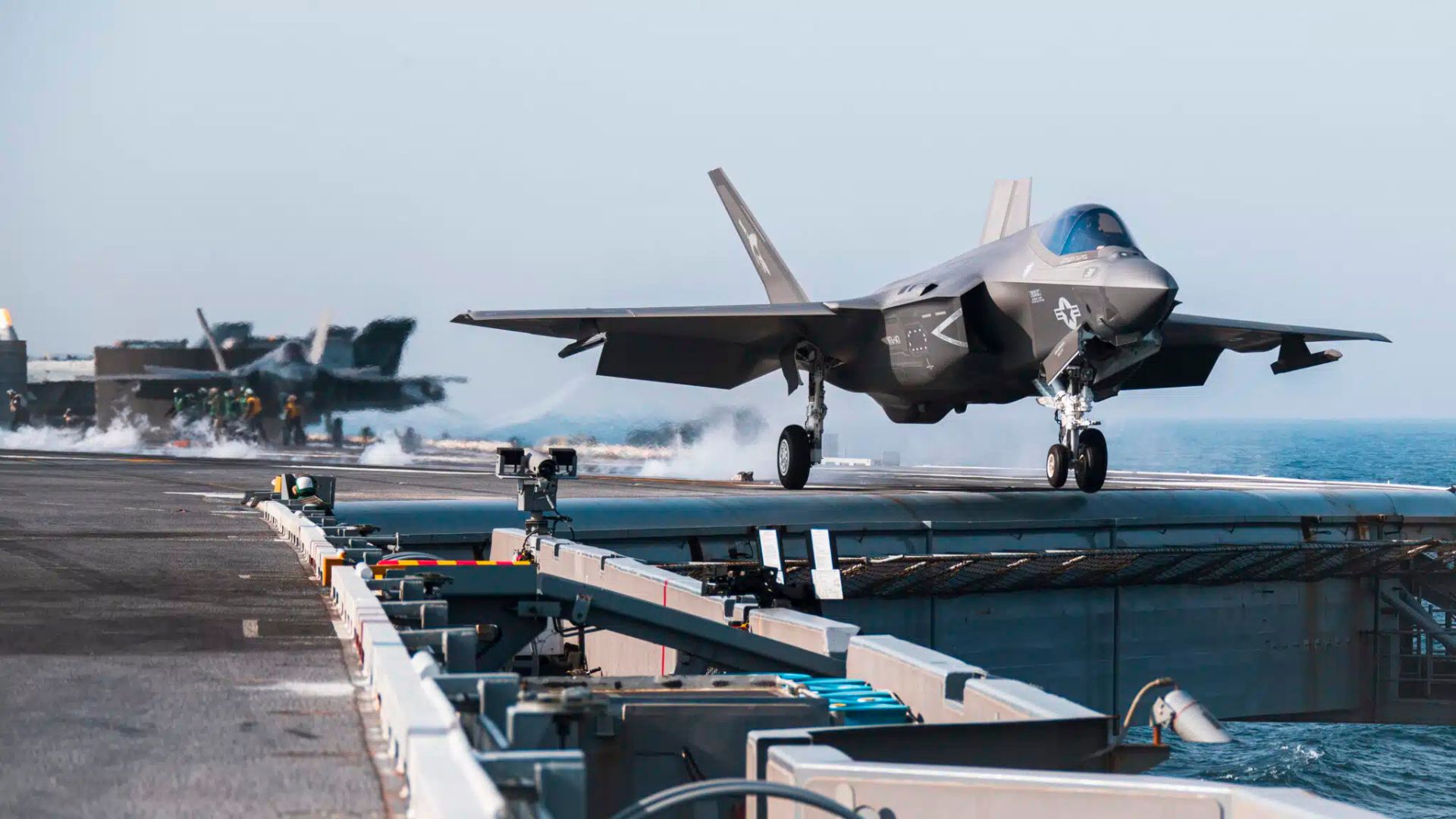A sophisticated F-35C Lightning II fighter jet, a cornerstone of modern military aviation, recently suffered a significant crash near Naval Air Station (NAS) Lemoore in central California, marking a notable incident for the US Navy’s advanced aircraft fleet.
The pilot, an integral member of the “Rough Raiders” of Strike Fighter Squadron VFA-125, demonstrated exceptional skill by safely ejecting from the state-of-the-art aircraft. Remarkably, the pilot sustained no injuries, underscoring the effectiveness of emergency systems in contemporary fighter jet design.
This critical aircraft incident occurred around 4:30 pm local time, just outside the NAS Lemoore airfield, during what was confirmed to be a routine training mission. The VFA-125 squadron plays a crucial role as a Fleet Replacement Squadron, meticulously preparing new pilots and crew members to operate these complex military aviation assets.
The F-35C variant, specifically designed for carrier-based operations, represents the naval iteration of the fifth-generation F-35 Lightning II stealth fighter program. This distinct version complements the F-35A, flown by the Air Force, and the F-35B, utilized by the Marine Corps for short takeoff and vertical landing capabilities, showcasing the versatility of the F-35 platform.
The estimated value of the advanced fighter jet involved in the California crash is approximately $100 million, signifying a substantial financial loss for the US defense budget. Such an expense highlights the considerable investment in maintaining a cutting-edge military fleet.
Adding to concerns, this unfortunate event marks the second reported F-35 crash within the current year, raising questions about the operational challenges of these advanced stealth aircraft. Earlier in January, an Air Force F-35A also crashed during a training flight at Eielson Air Force Base in Alaska, with that pilot similarly ejecting safely.
Both incidents, while resulting in no pilot fatalities, underscore the inherent risks associated with high-performance military aviation training and the complexities of operating such technologically advanced fighter jets. Investigations into both F-35 crash events are ongoing to determine root causes and implement preventative measures.
The F-35 program remains a vital component of global air superiority strategies, and continued efforts are focused on ensuring the safety and reliability of these critical defense assets. Maintaining pilot safety and aircraft integrity are paramount in these sophisticated operations.






Leave a Reply